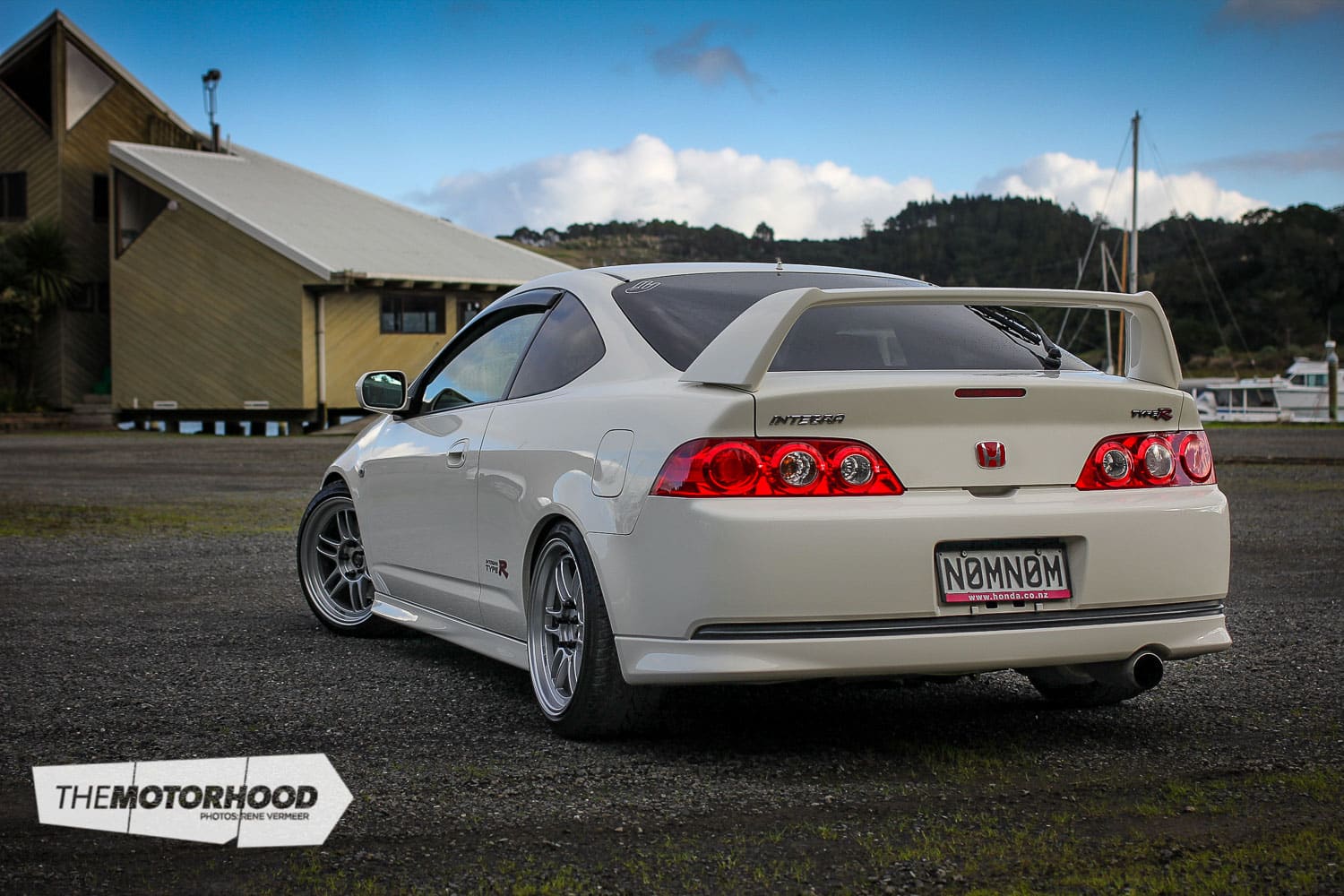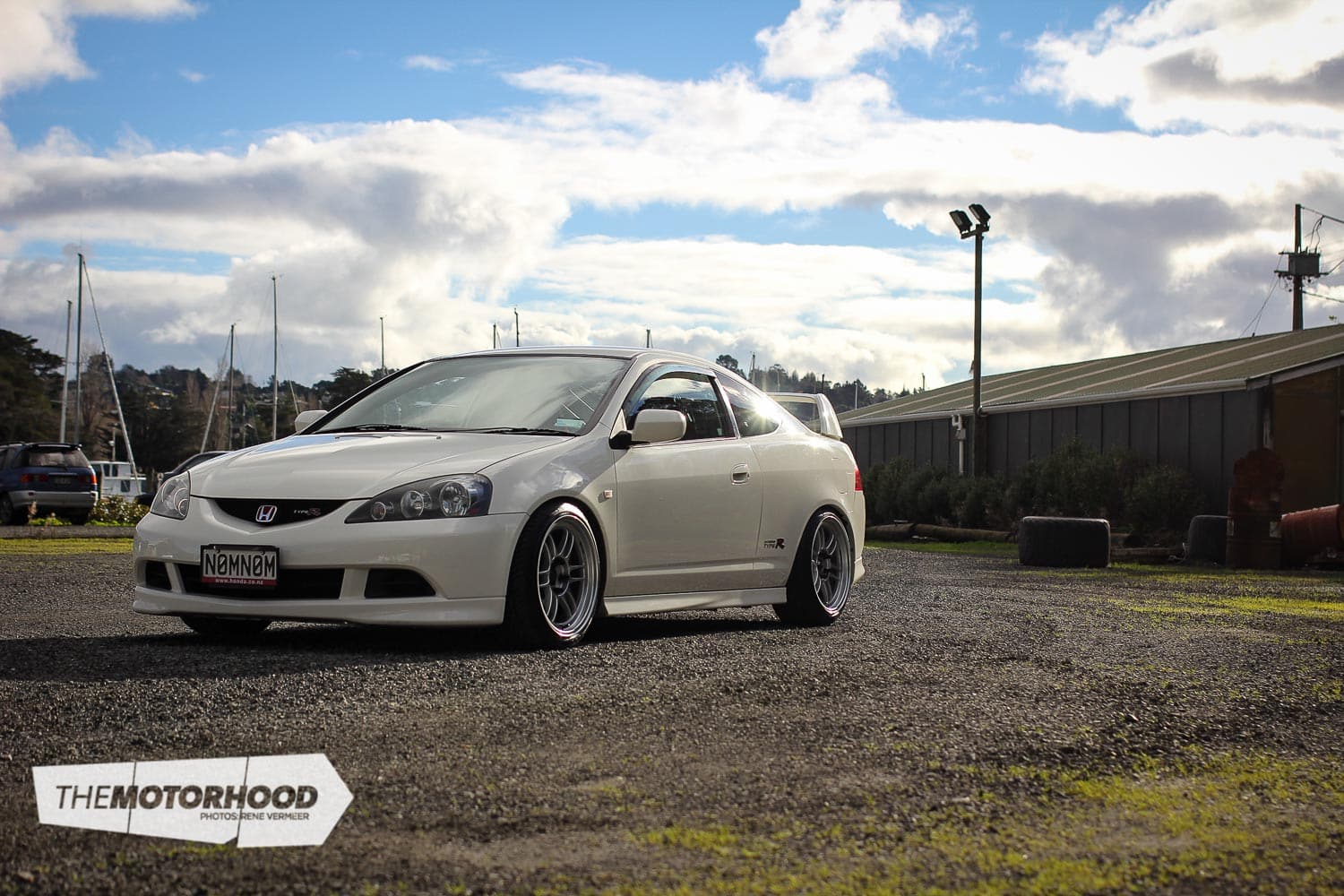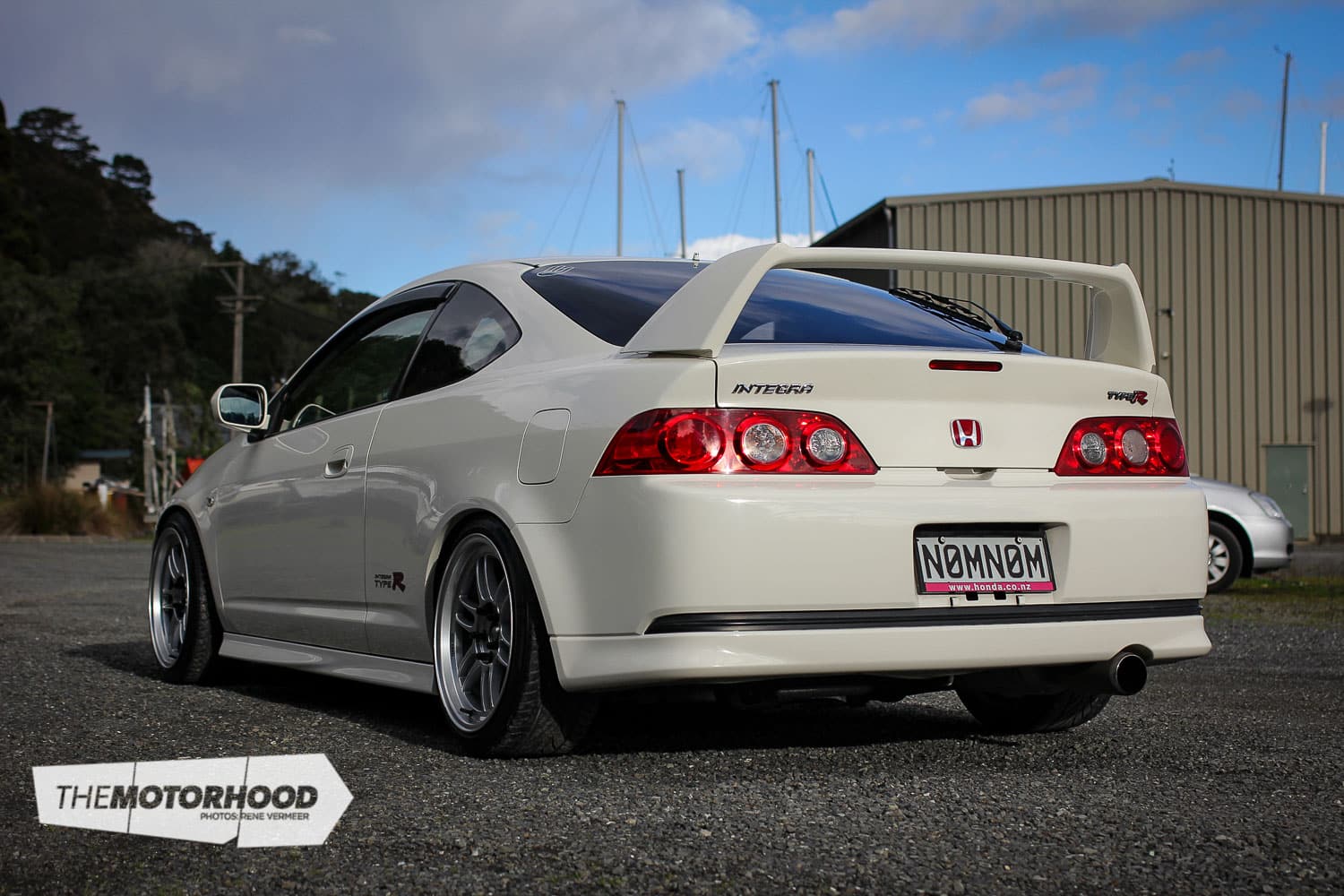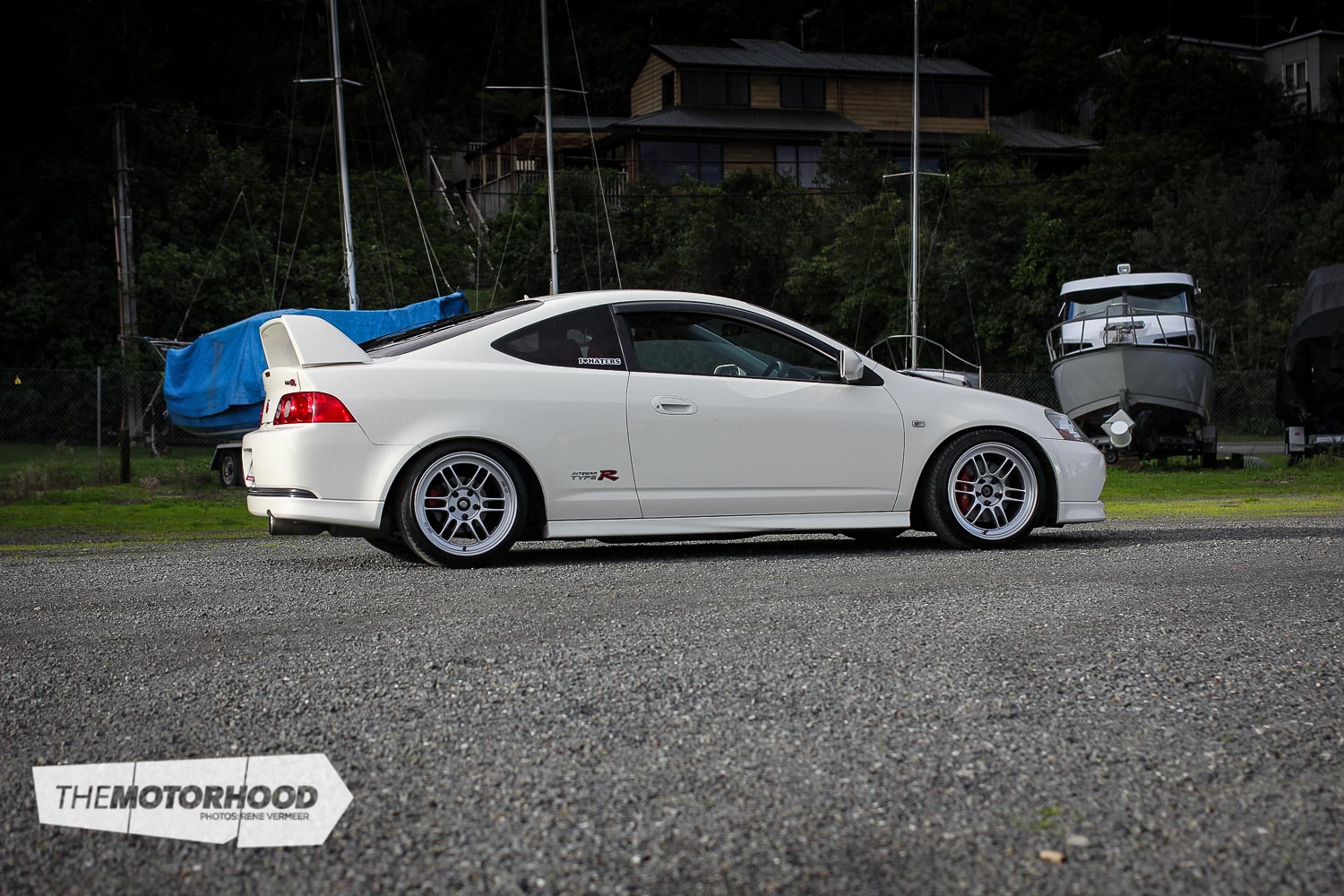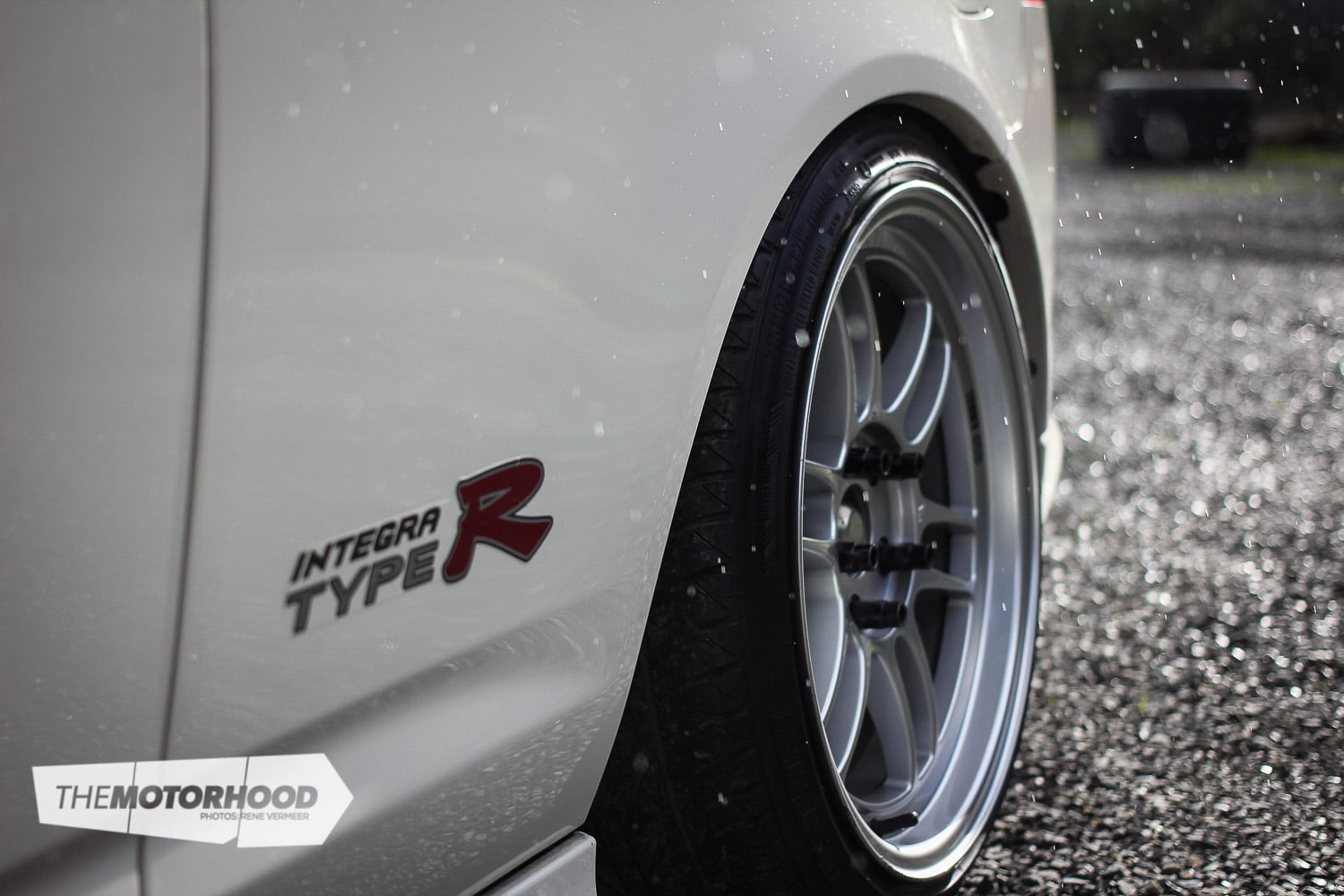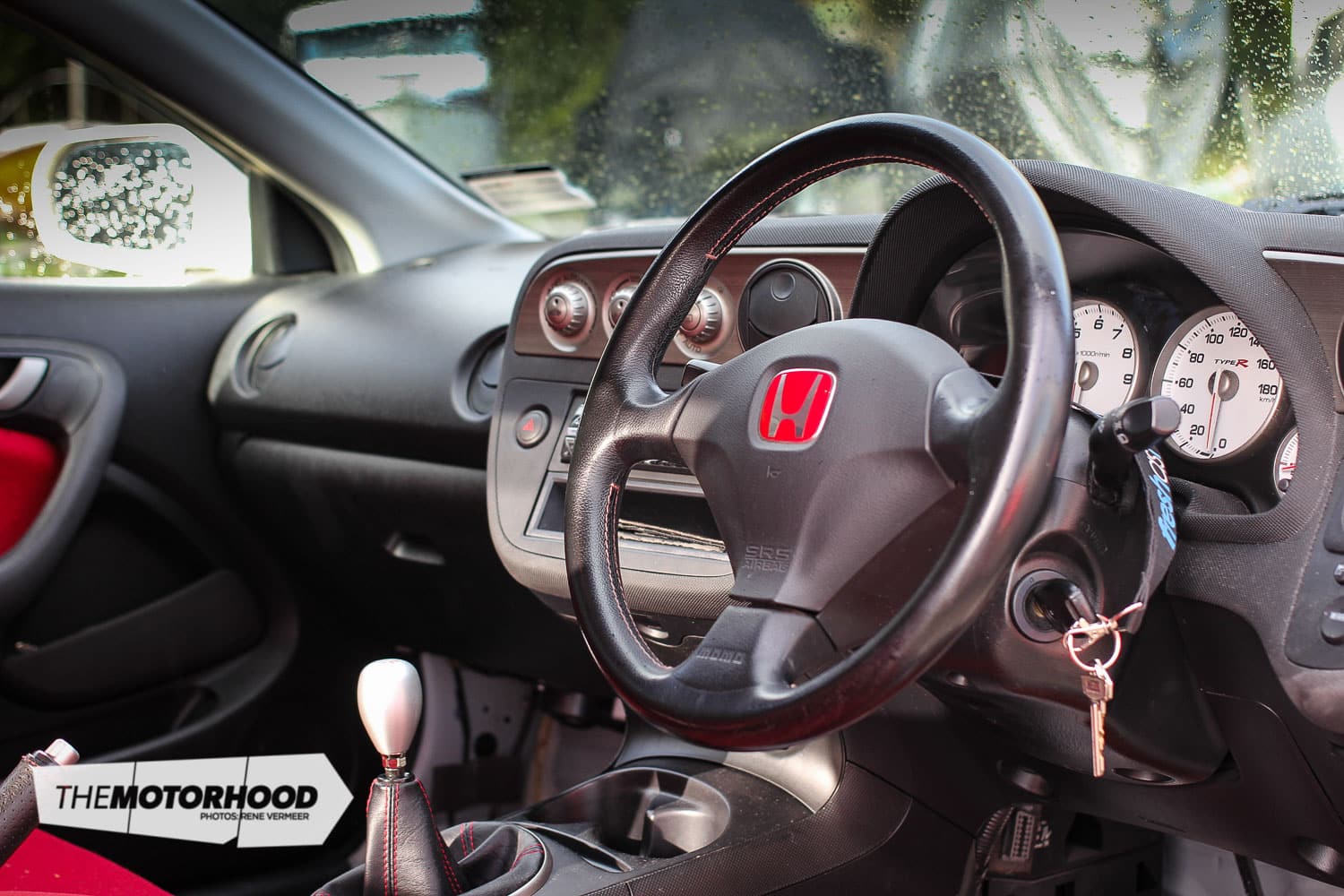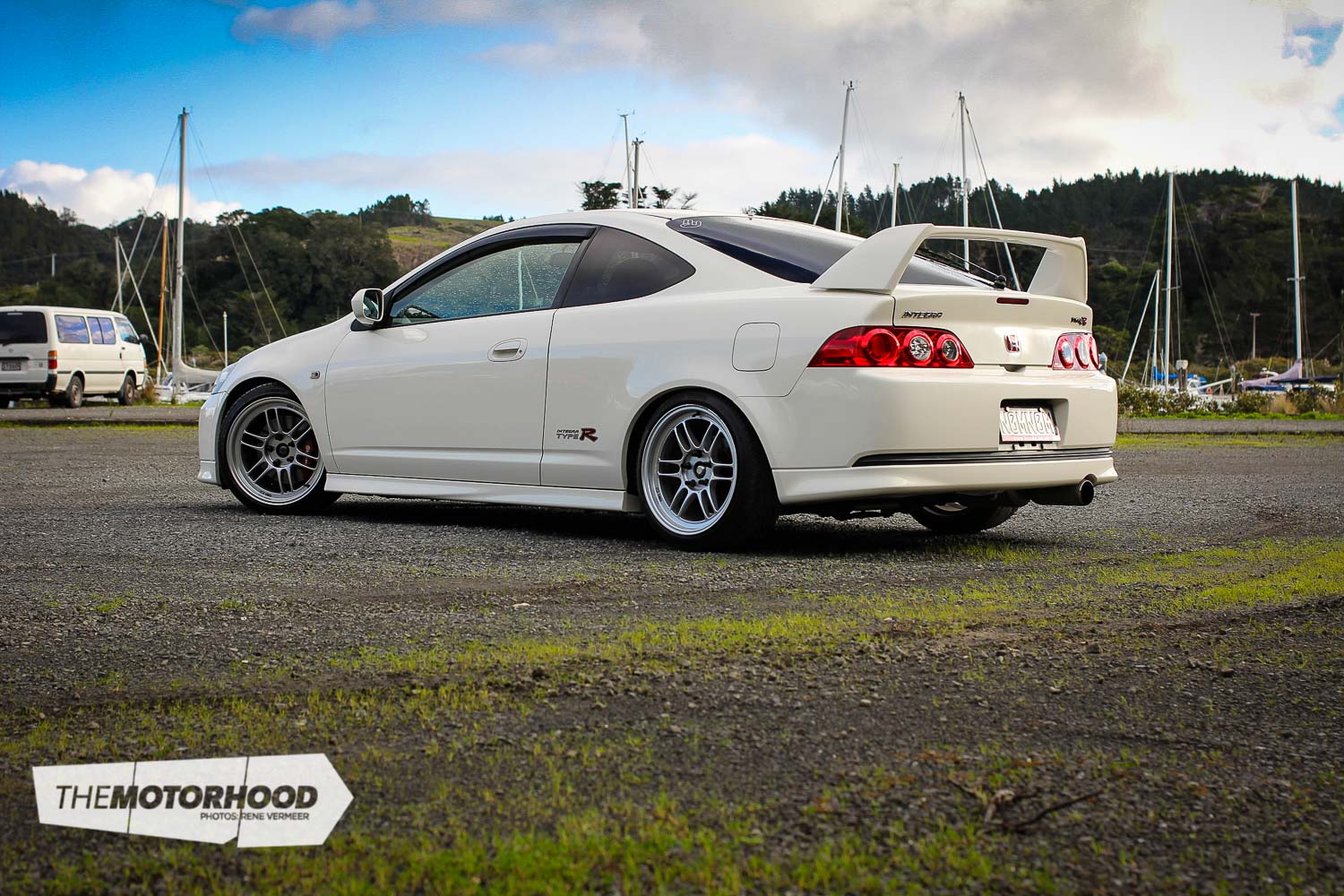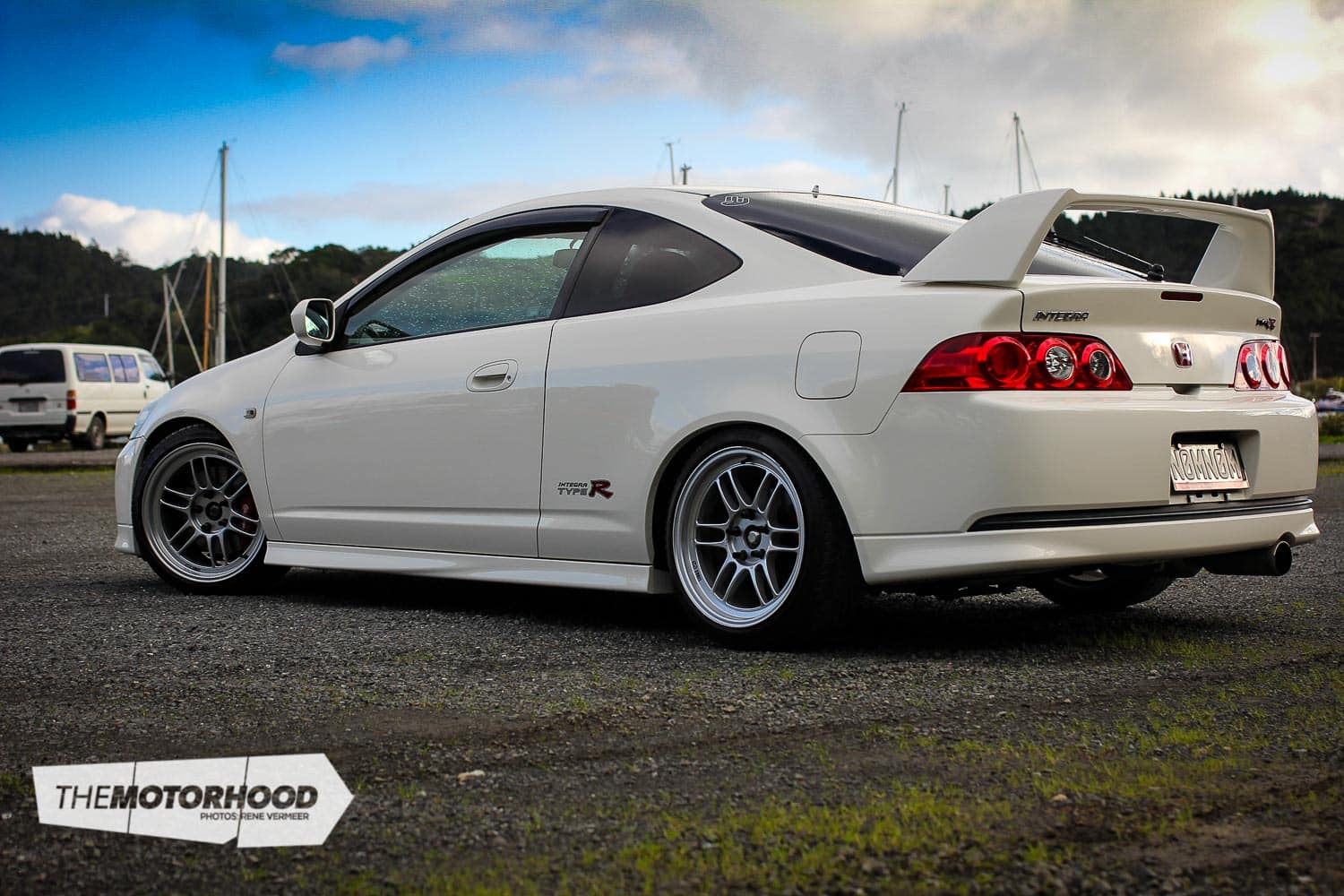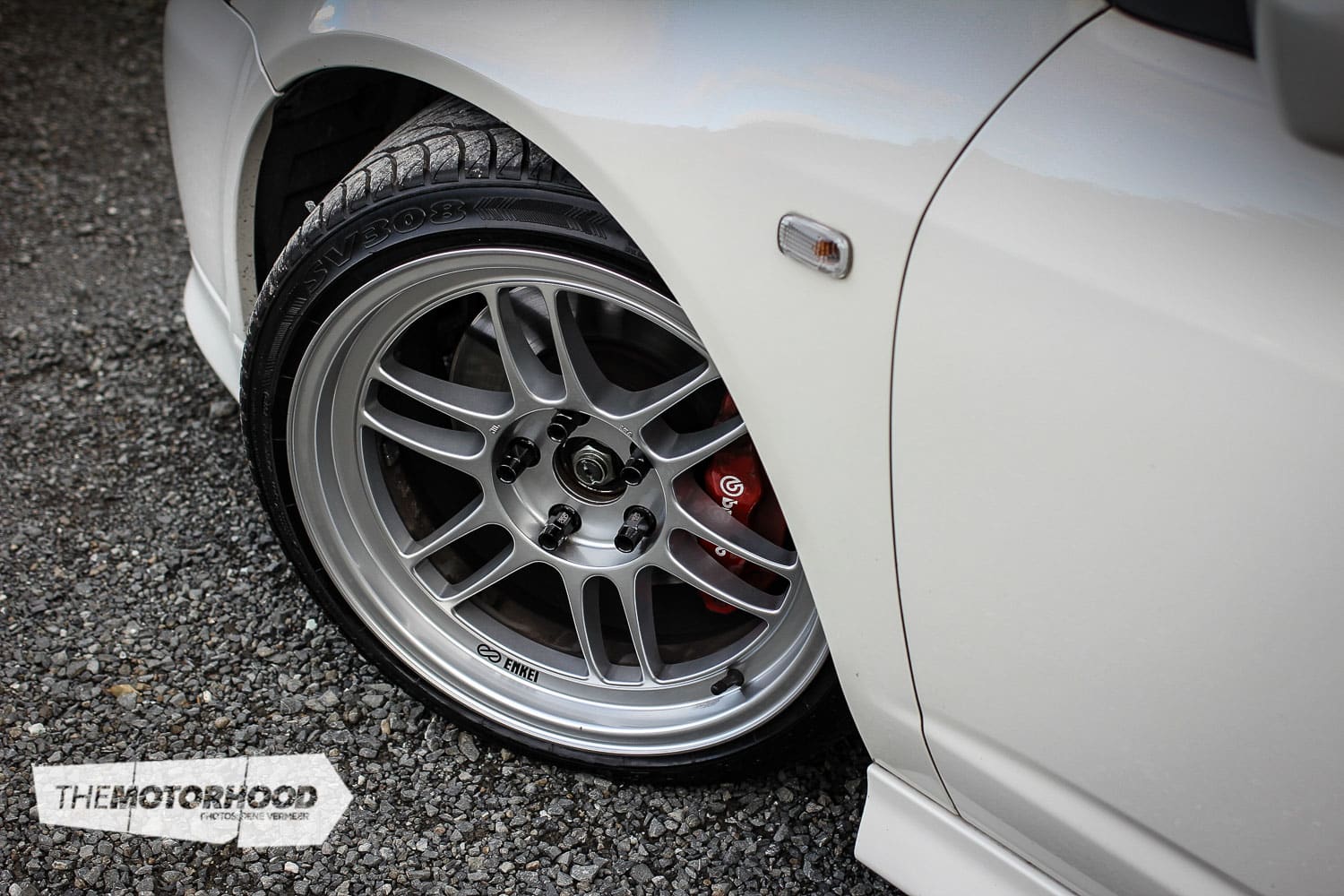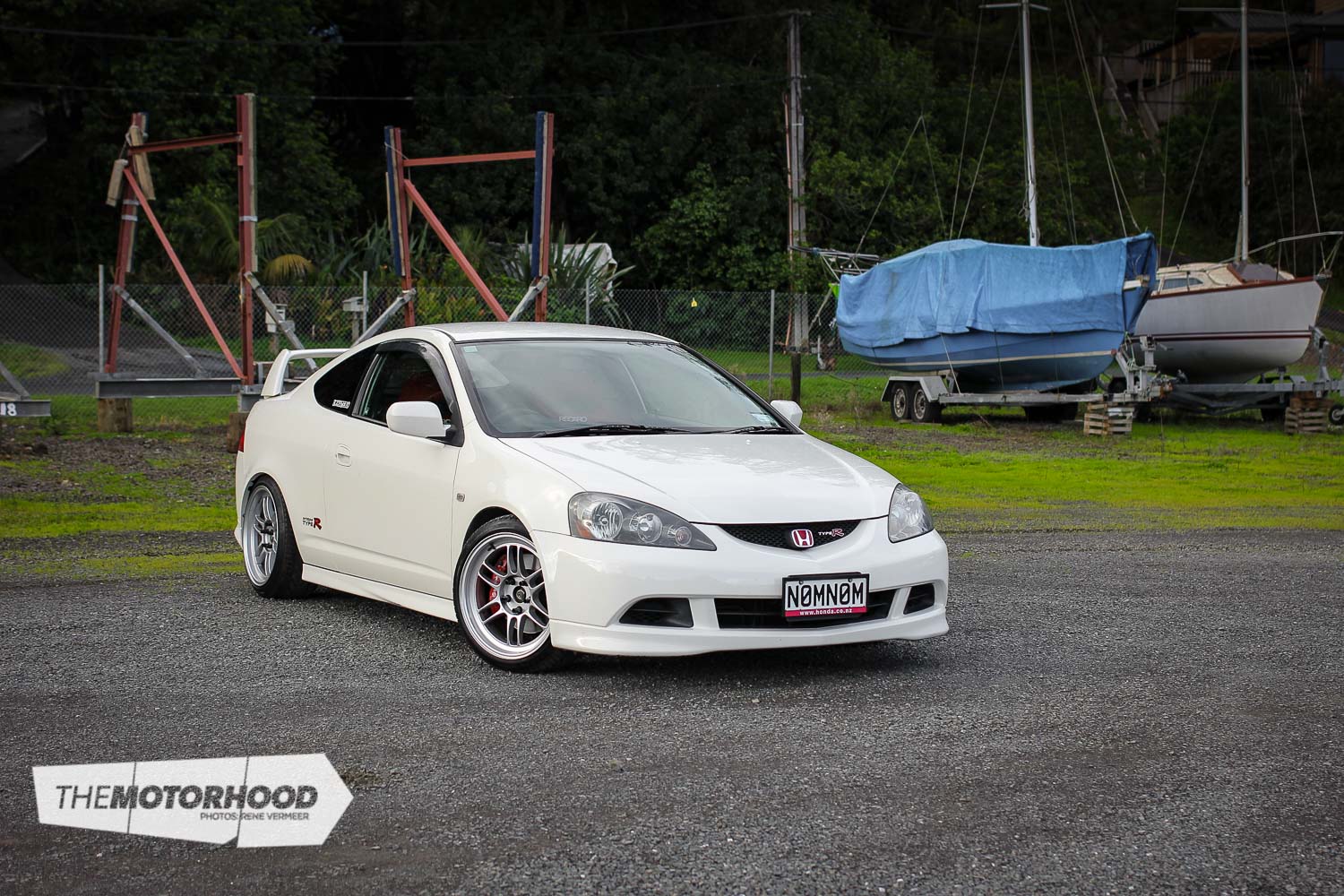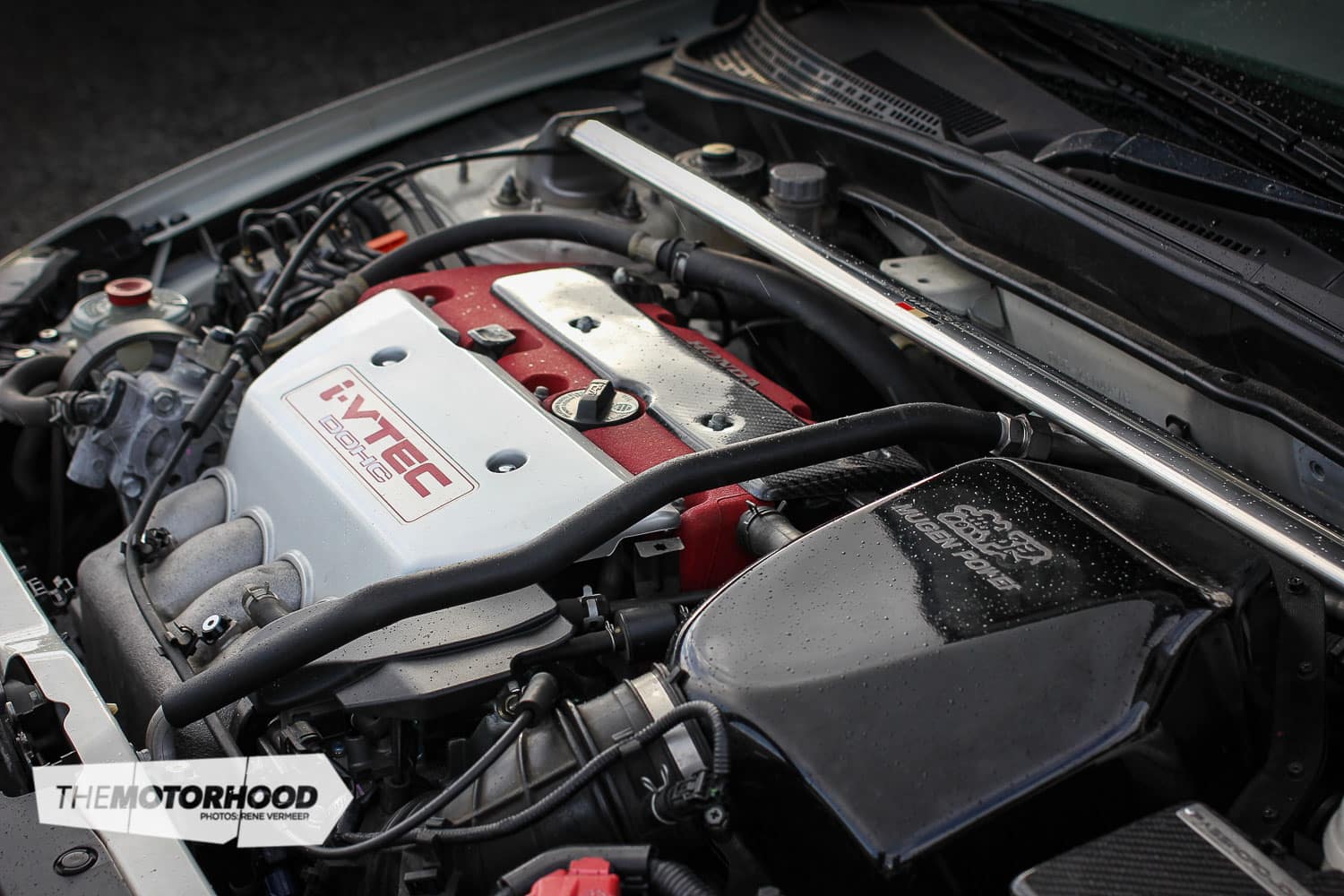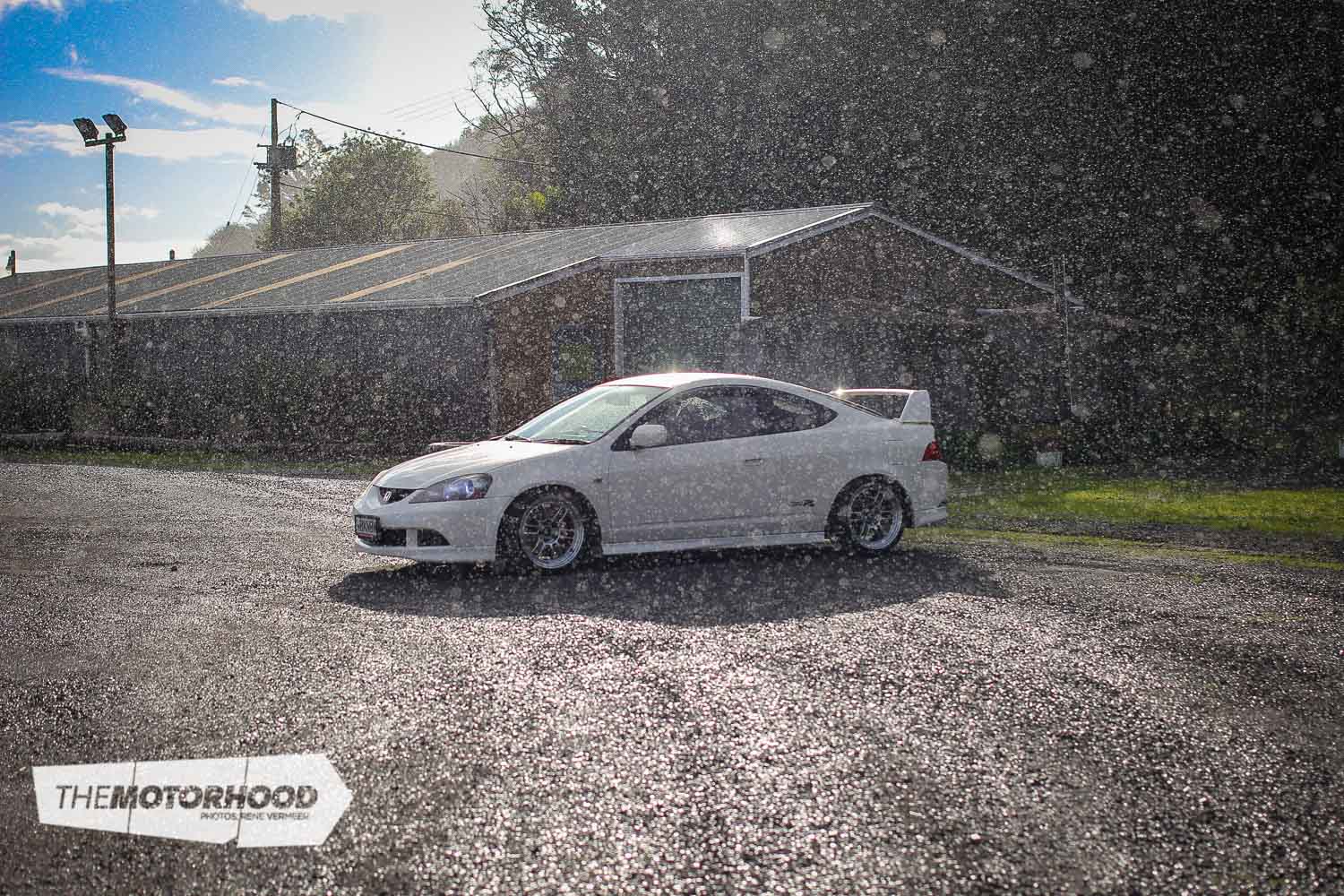data-animation-override>
“We take a look at the pros and cons of the later-model Honda Integra DC5 Type R. Is it better or worse than its predecessor, the DC2 Type R?”
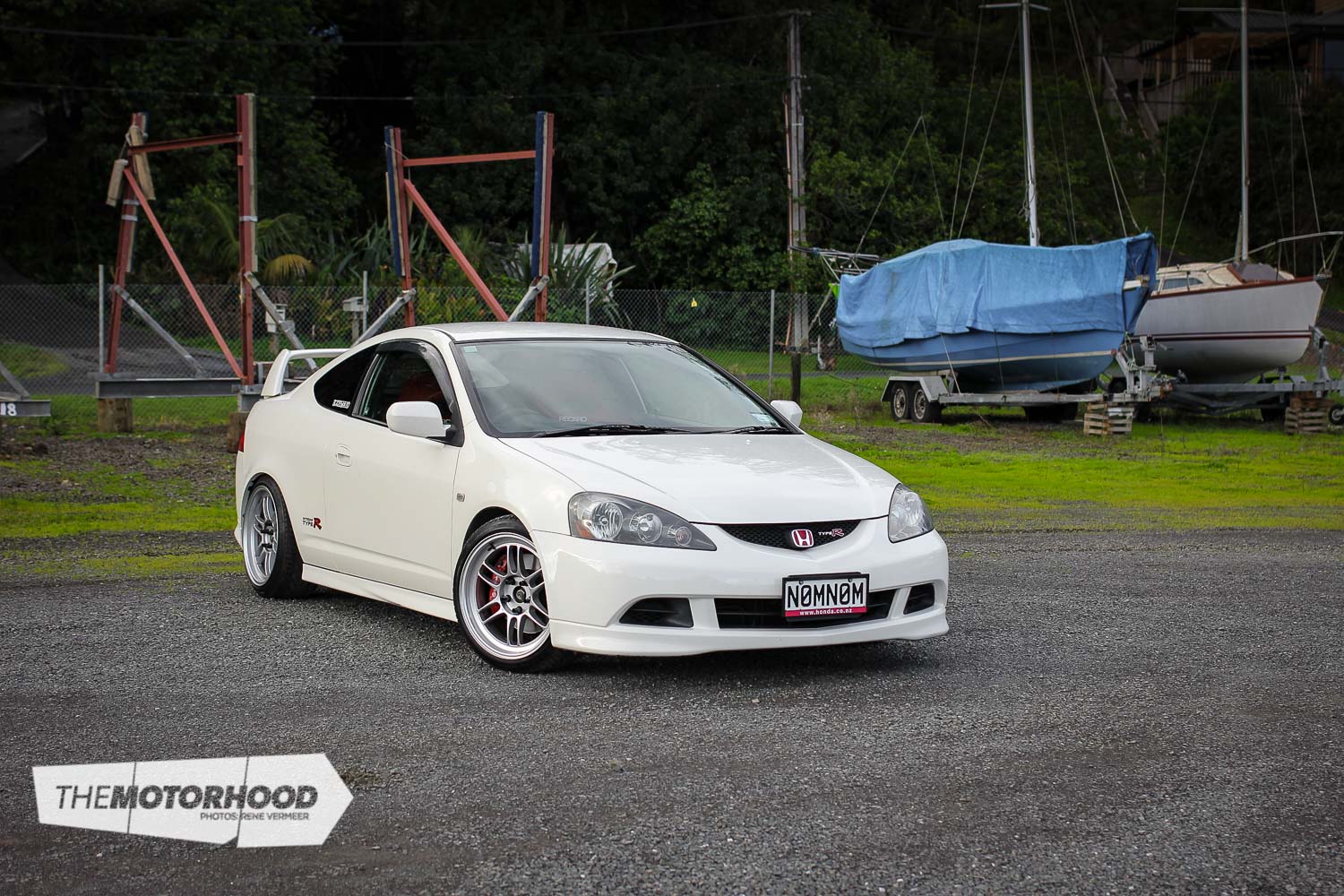
It has always been a question in the back of my mind — is the DC5 Integra Type R a better car than the DC2 Type R? I know for a fact that the ’90s were the business for high-performance vehicles, but are they better overall than their 2000-onward counterparts? For me, a car is much more than outright performance. It needs to drive nicely, do all the right things, and make all the right noises. We’ve all been in countless DC2 Type Rs, so today I’m going to focus on the DC5 Type R, and in particular this facelift example.
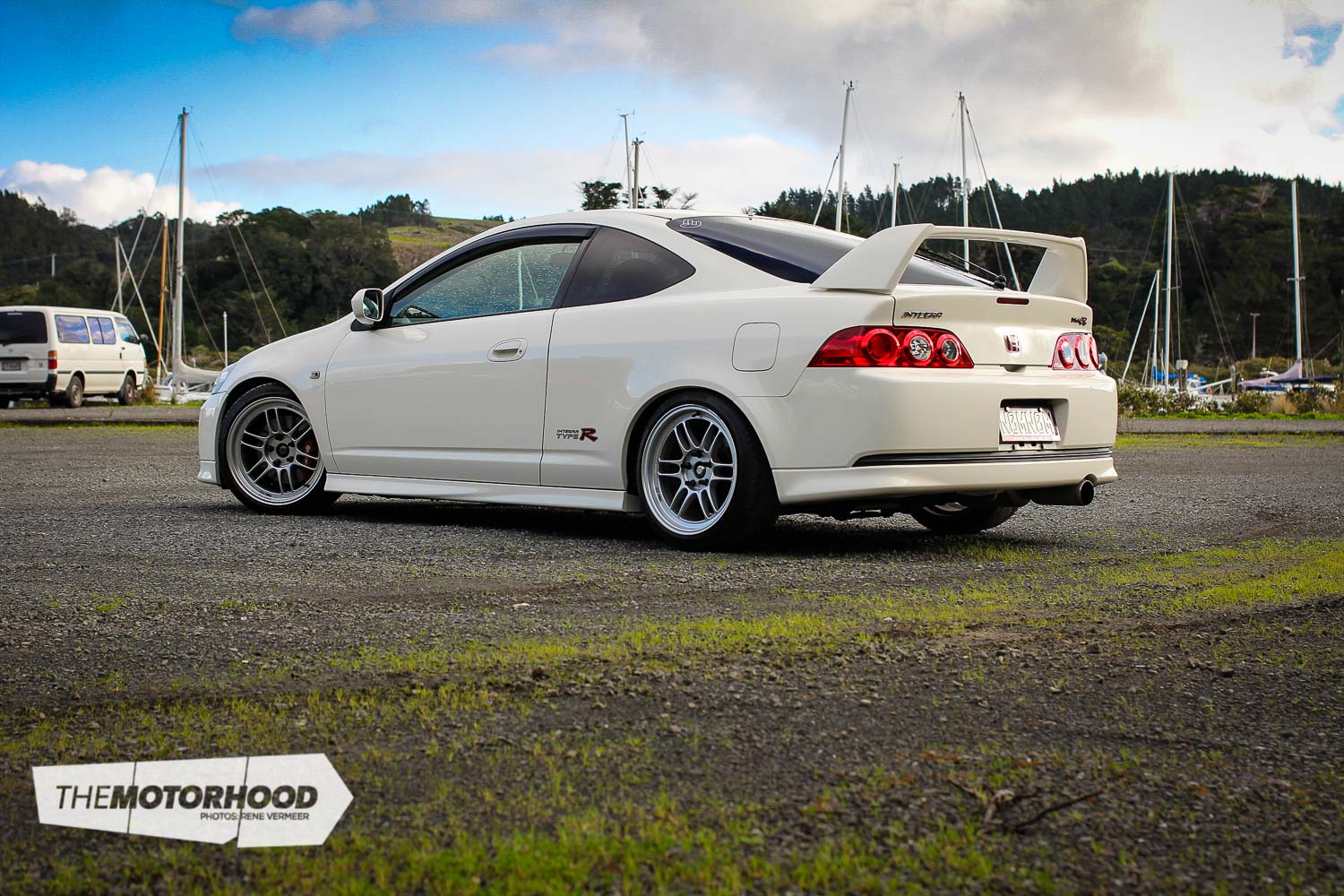
This particular example was once owned by a close friend of mine, so it’s safe to say I know it inside and out having spent countless hours in and around it. The DC5 facelift is extremely rare in New Zealand compared to the older model, and one my friend jumped on at first sight. It was actually for sale in my uncle’s car yard, south of Auckland’s CBD.
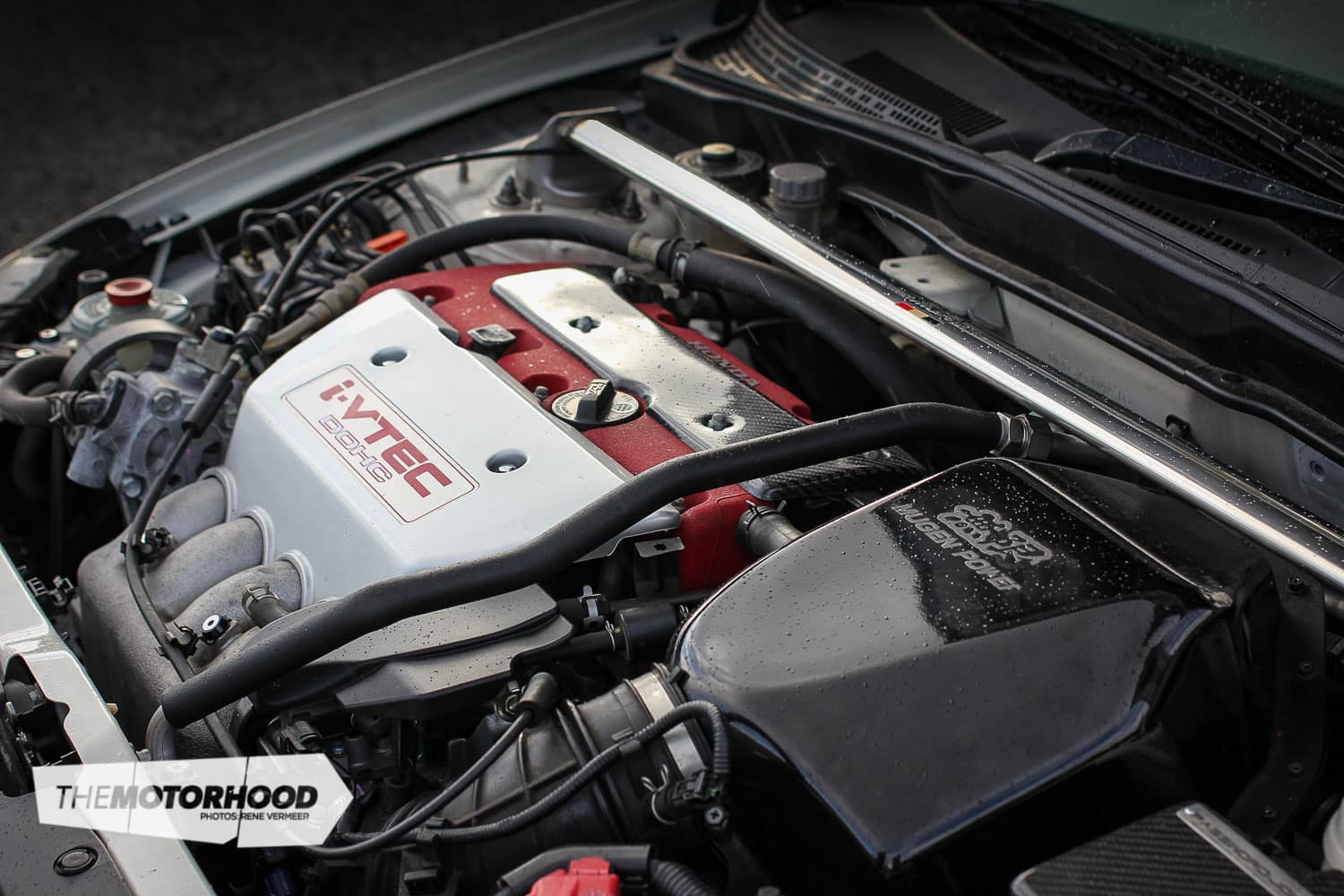
When you look at the DC5 on paper, it looks competitive. The K20A red top engine is good for 162kW (216hp) at 8000rpm and produces 206Nm of torque at 7000rpm. When you compare this to the DC2 Type R’s B18CR engine, which produces 147kW at 8000rpm and 185Nm of torque, it seems like an easy win. Throw into the mix the fact that when strapped to a dyno, the K20A will pull in the mid-130kW range, which compares with a B18CR engine with intake, headers, and an exhaust. Modify the K20A and that’s where the fun begins, as most people see in-between 150–160kW at the wheels with ease. Both have available blocks to increase capacity, too, with the B18CR head bolting to a Honda CRV B20 engine and the K20A head bolting to the K24 engine found in the Odysseys of the same generation. So, which capacity increase and upgrade is the biggest improvement?

Well, the K24 with a tune and the usual bolt-ons will net an easy 160kW at the wheels, and more with a massive bump in torque thanks to the extra 400cc of capacity. Alongside this, the ‘K’ series engine has proven to be bulletproof and has a cam chain instead of a cam belt. The B20 upgrade is a good one, too, however the bottom end doesn’t like to rev as much as the B18C engine, but the new-found torque down low in the rev range more than makes up for it. Still a cam-belt engine with a distributor. Another noticeable upgrade with the ‘K’ series engines is the use of i-Vtec. This enables a much broader powerband than the ‘B’ series engine, however, you do lose that much-loved Vtec kick that the B18CR was well known for.
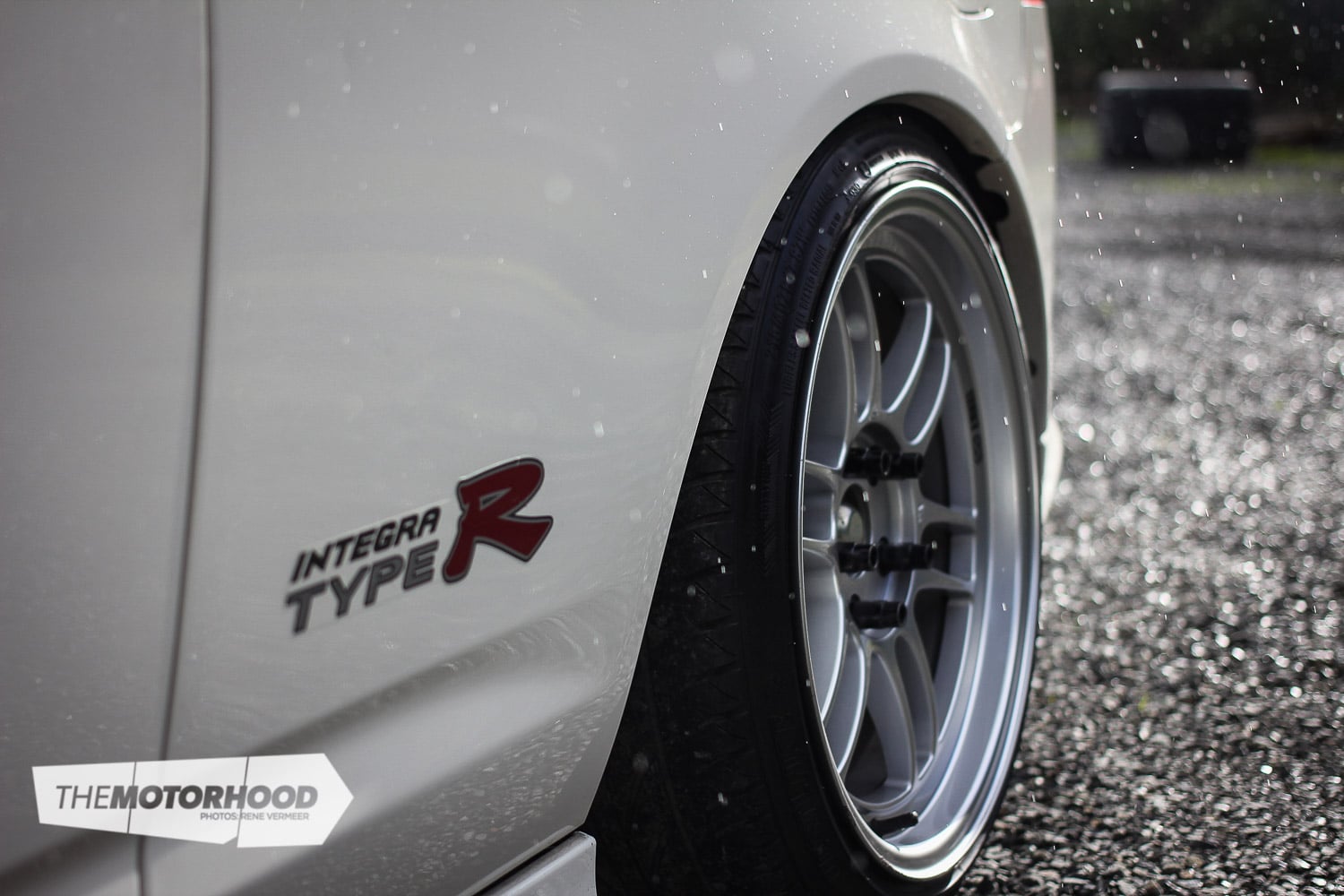
All the extra power and torque that the DC5’s engine produces is somewhat nullified thanks to the fact that the DC5 weighs in at 1266kg, compared to the DC2’s lightweight 1150kg. After watching several Best Motoring comparisons, and driving this particular DC5 after driving a DC2, I can confirm that the DC2 has a much faster turn in and feels overall lighter on its feet. The advantage with the DC5 though is high-speed stability. On high-speed turns it feels much flatter, and through low-speed turns there’s plenty more traction. That’s not to say the DC2 can’t be upgraded, though. And, there’s plenty of aftermarket support out there for the DC2 chassis.
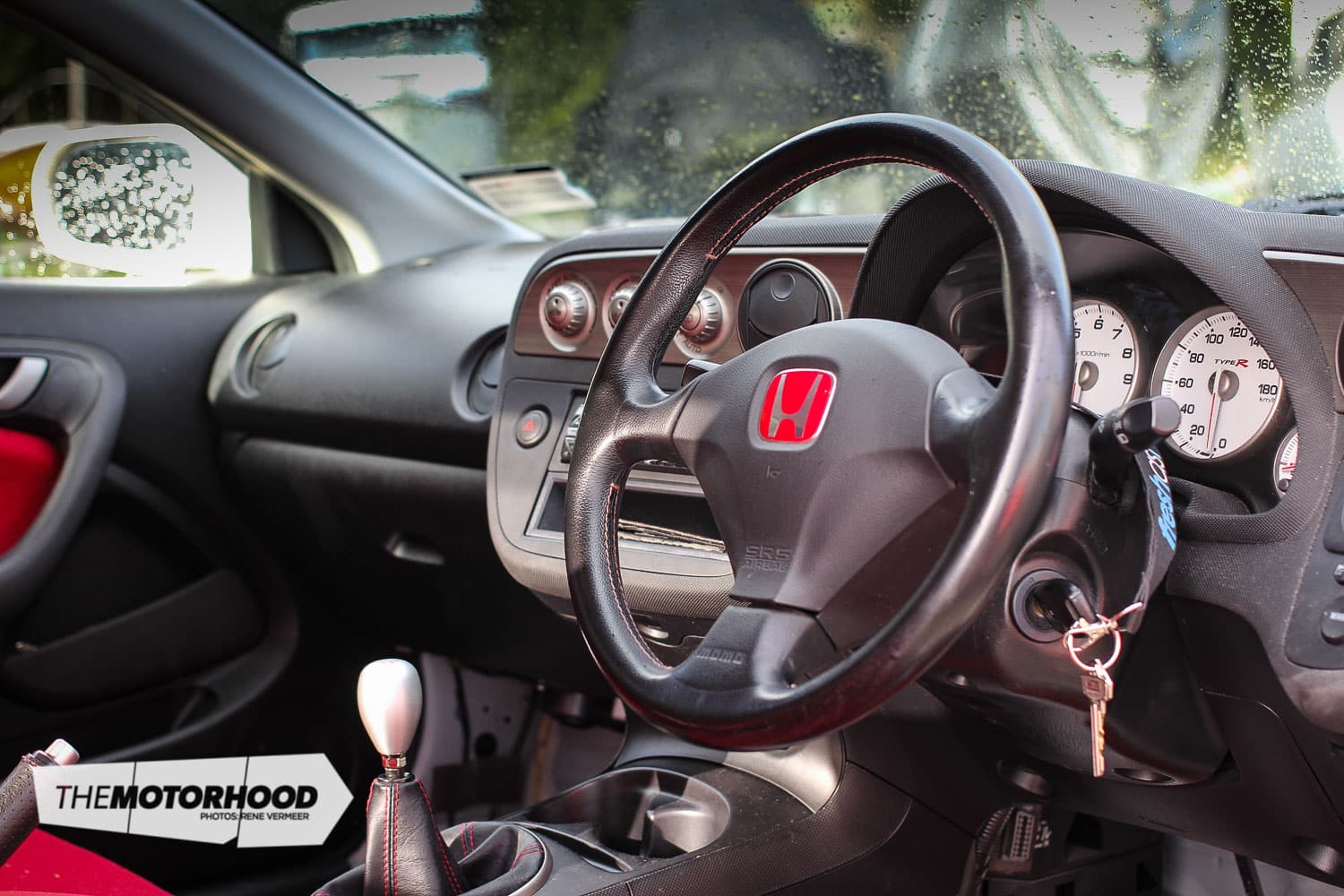
After speaking with Jacky Tse of Jtune Engineering, he has confirmed that the DC2 is a better option if you’re into circuit racing as the suspension geometry is superior to that of the DC5. “DC5s are very difficult to set up handling-wise compared with the DC2. Part of the fault being the front-end suspension design. For example, once the vehicle is lowered, the front wheels will toe in and the steering angle and everything is all wrong, and it can’t be fixed by alignment. On the other hand DC2s are a lot easier to set up. With a set of coilovers and front and rear camber arms installed, it’s more than enough and will improve the handling even more. The only downside to them is the under-car bushing being worn out, which will need a full refresh treatment. There aren’t many companies who make a complete bushing kit for them,” Tse explains.
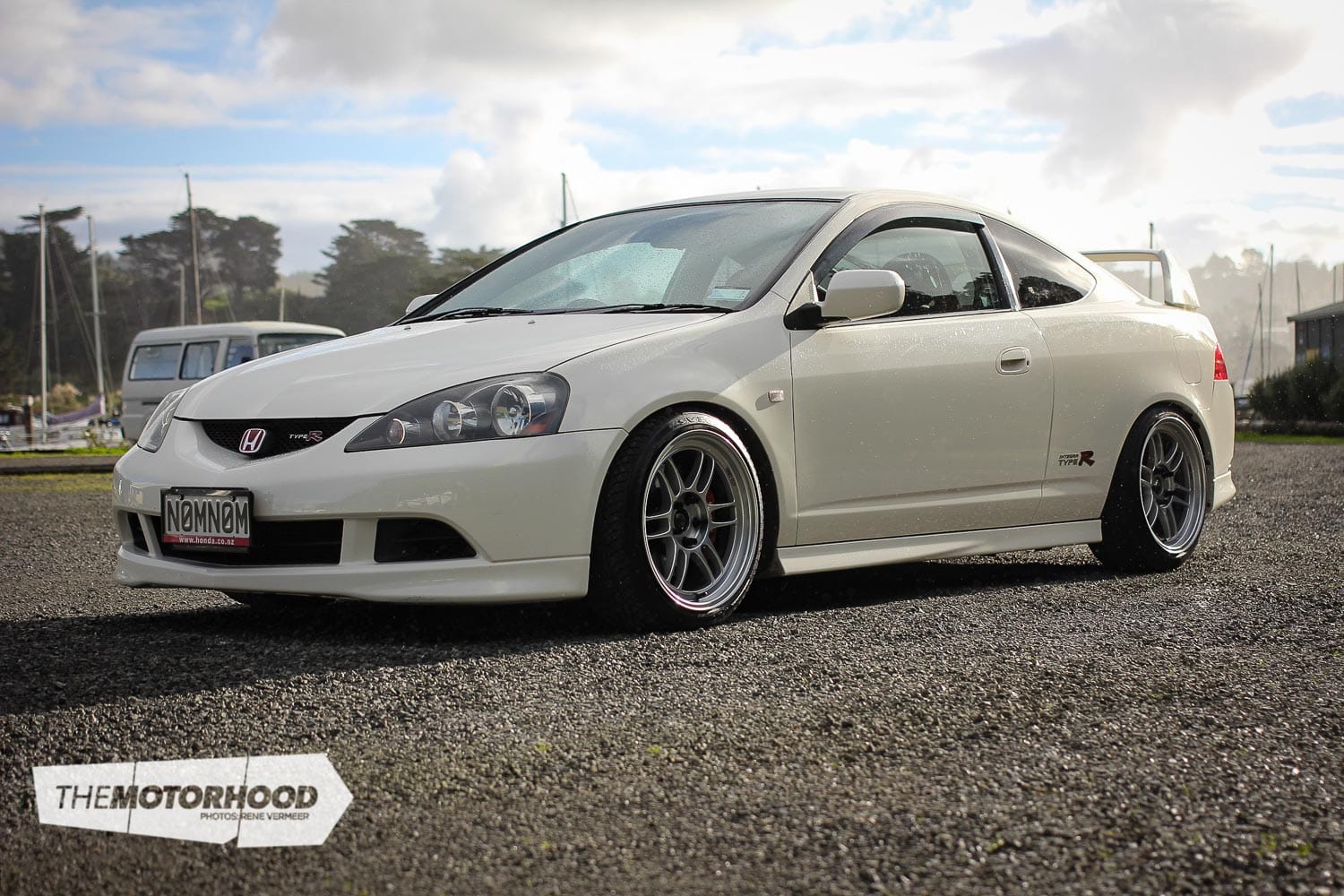
What’s the DC5 like to drive compared to the DC2? The answer: refined. It’s much tighter, but that could be because the DC2 is much older now. Creature comforts have improved a great deal in the DC5 and both safety and road noise are areas that Honda improved upon. Drive the DC2 home from the racetrack and you’ll know all about it. The DC5, though, with a sixth gear to drop highway RPM, and a much quieter and more comfortable interior, is a much nicer place to be.

The looks of the DC5 in factory form aren’t as raw as the DC2, however once lowered with wheels and some fancy bits it can look quite nice. Do I think the DC5 is a better car than the DC2? For the use I would get out of it, yes, I do. I like ’90s performance cars, but for day-to-day use I would choose the DC5. It allows the owner to have creature comforts with similar speed to that of the DC2. If I were building a track-only vehicle I would go the DC2 route as I wouldn’t feel as bad cutting it to pieces, plus, the ‘B’ series engine is a blast to drive. If you don’t mind extra road noise, more maintenance, less comfort and safety, but more fun then the DC2 is for you — it’s raw, lightweight, and mechanical.
